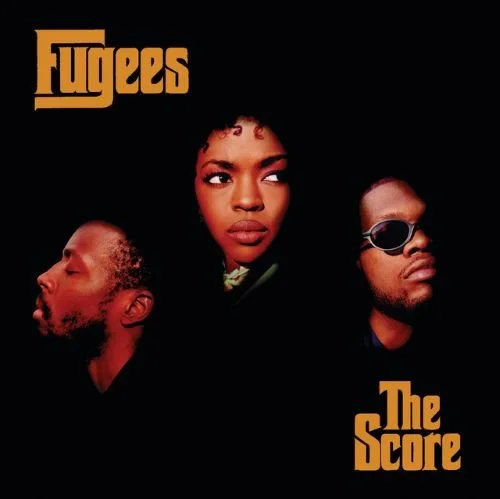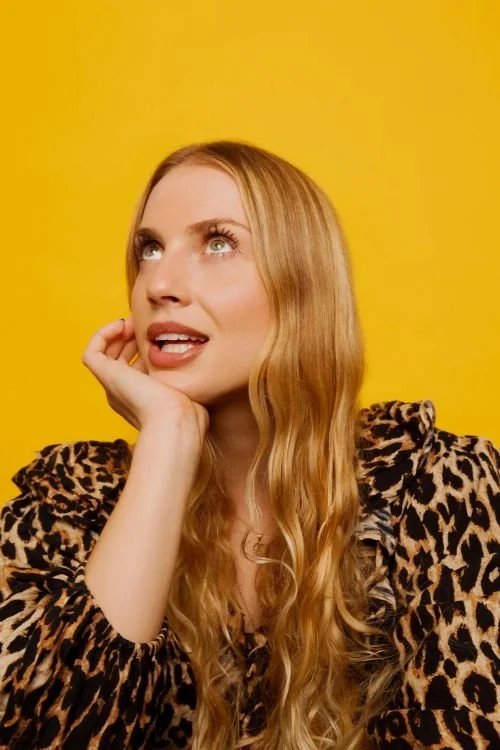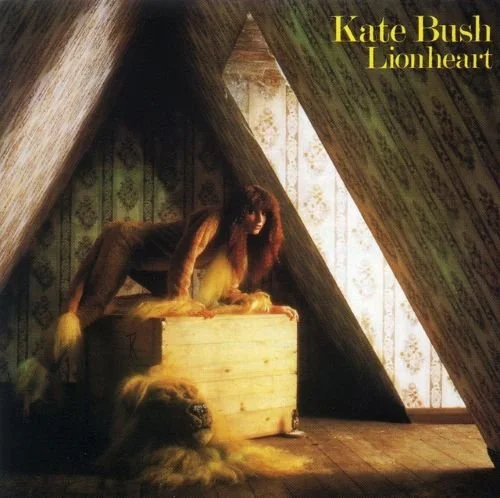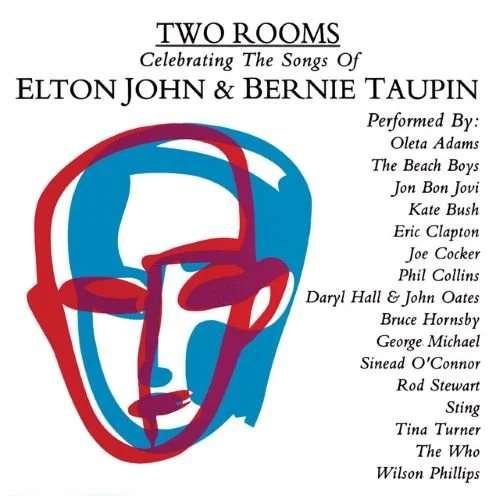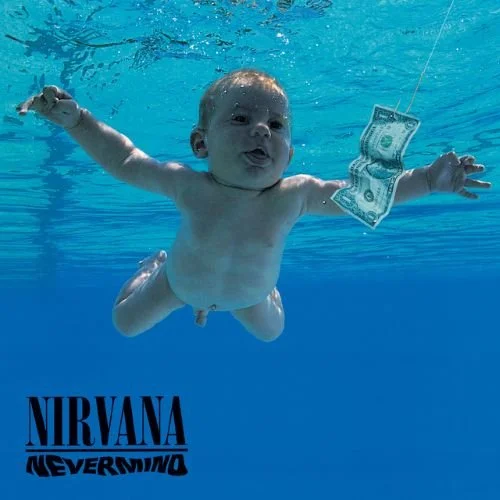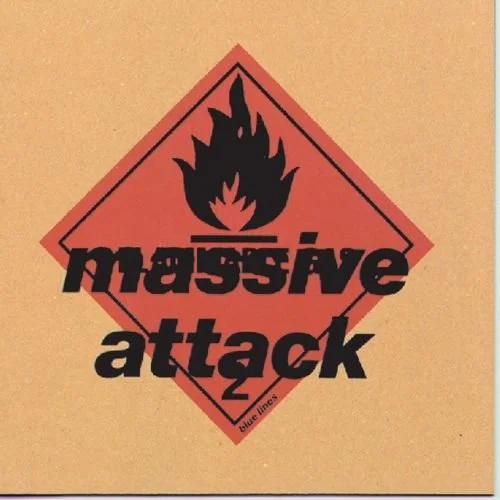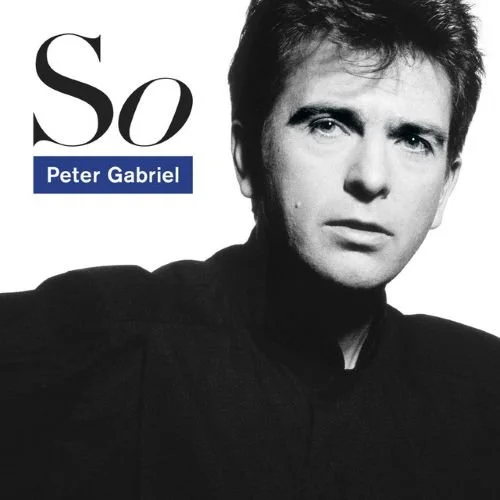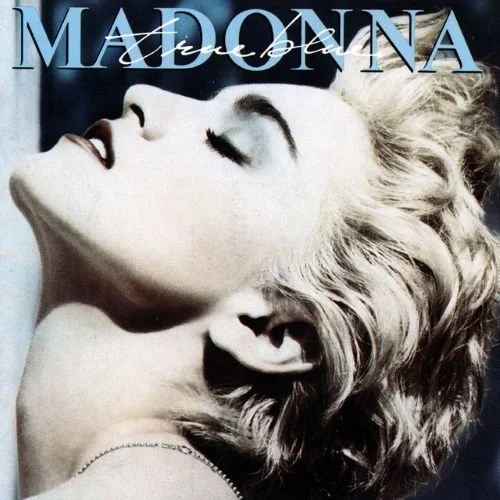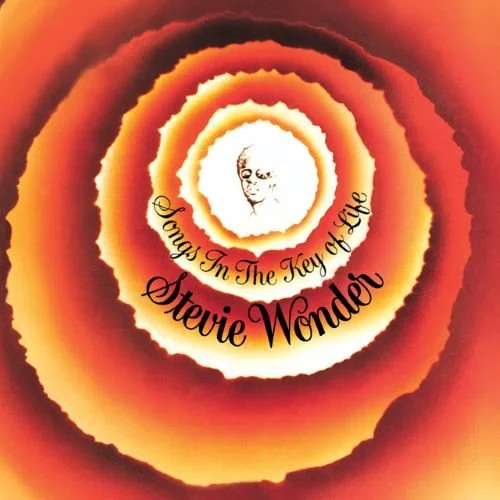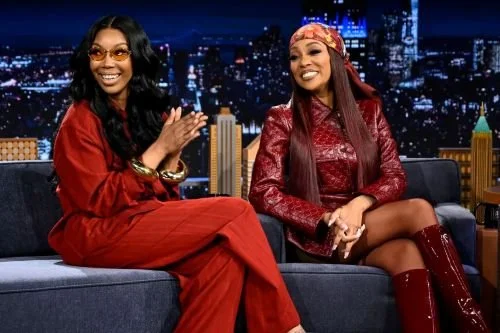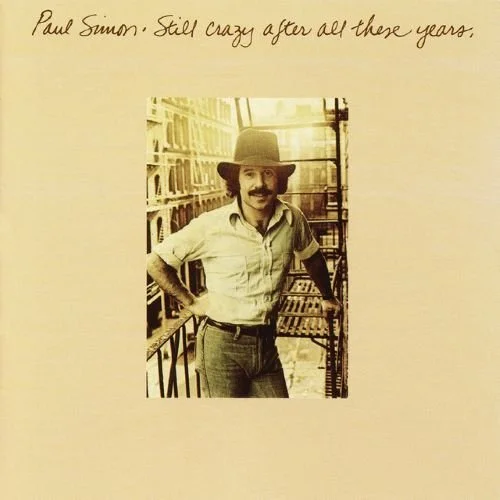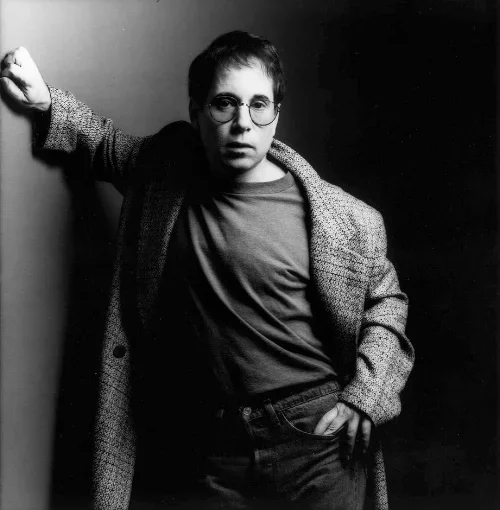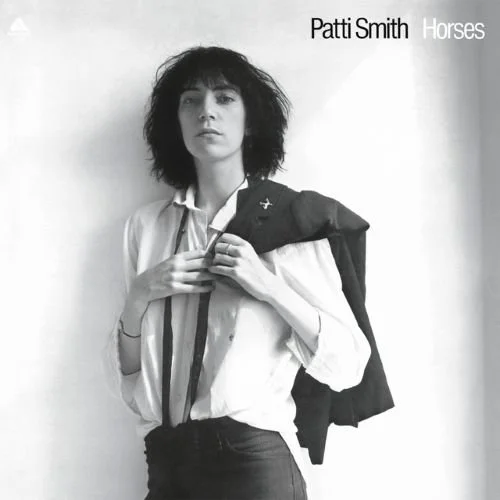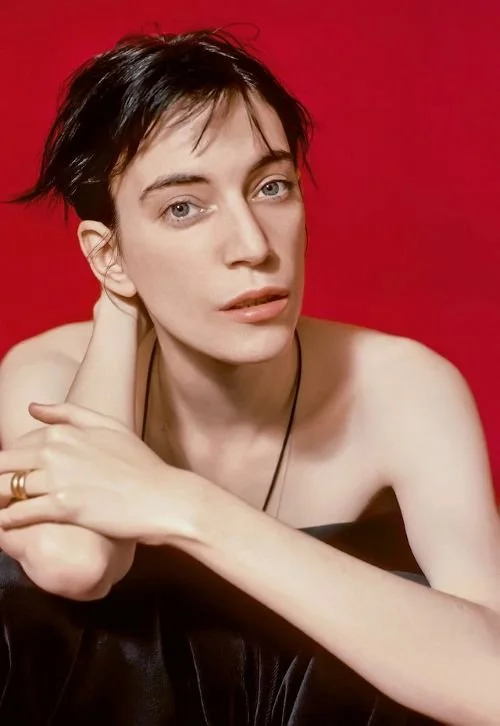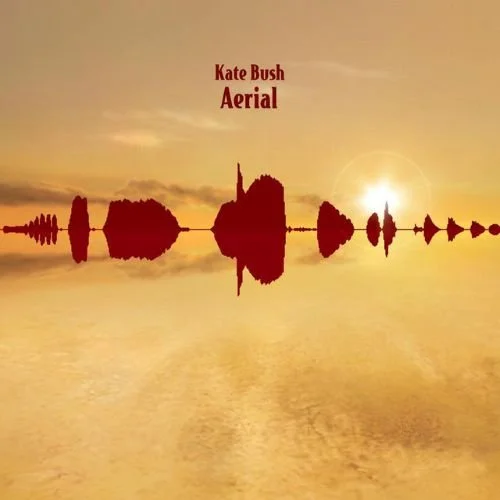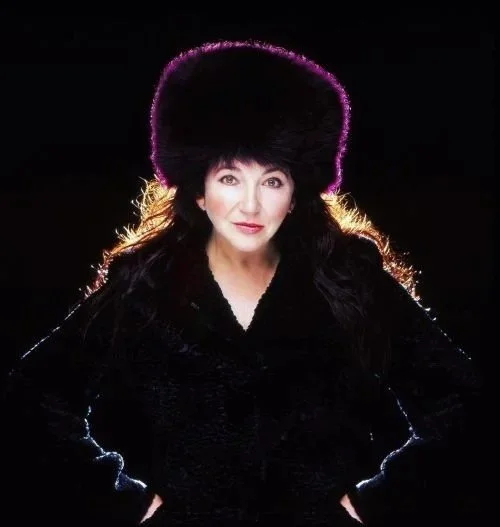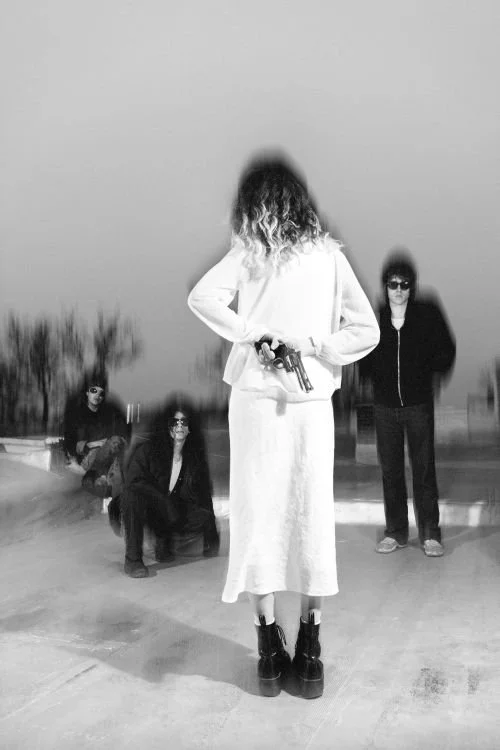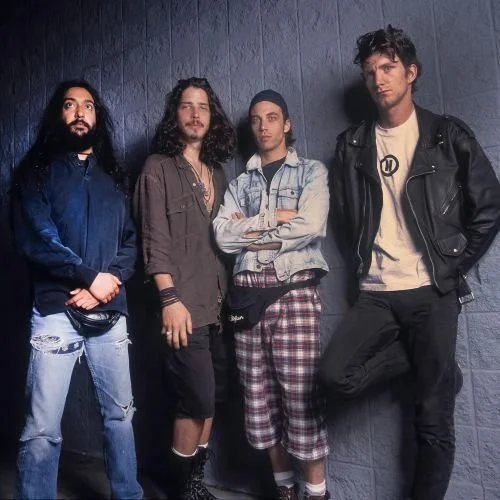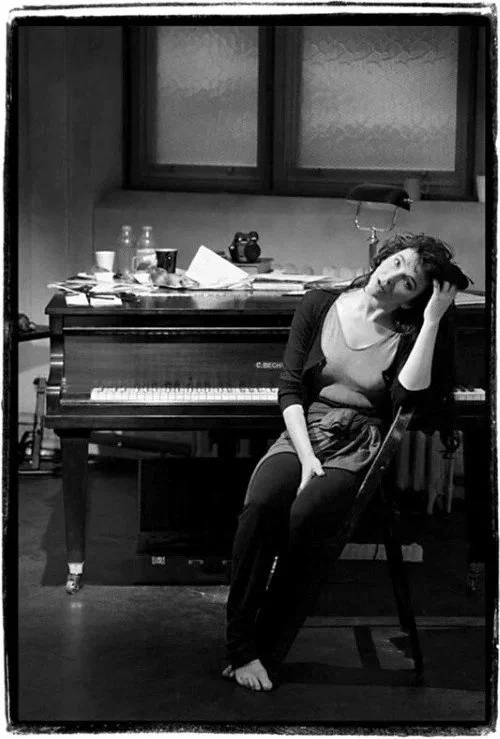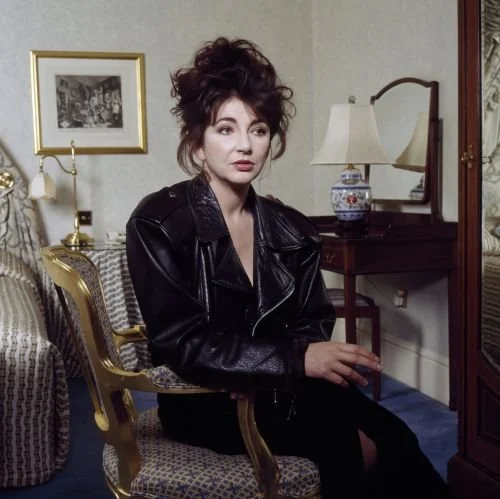FEATURE:
Beneath the Sleeve
D’Angelo and The Vanguard – Black Messiah
__________
THIS album…
PHOTO CREDIT: Greg Harris/Courtesy of the artist
is one of my favourites from the 2010s. D’Angelo and The Vanguard’s Black Messiah was released on 15th December, 2014. Rather than this being a project credited to D’Angelo alone, this was his first with The Vanguard. Maybe like Prince and his New Power Generation. There is no denying the brilliance of Black Messiah. All three albums D’Angelo released – 1995’s Brown Sugar, 2000’s Voodoo, and 2014’s Black Messiah – are works of genius. It took a long time for Black Messiah to come together. The songs feel loose and natural, but they are so detailed and intricate. Reaching number five on the US Billboard 200, the album was hugely acclaimed. Universal praise. So many people excited to see D’Angelo put out an album fourteen years after his previous one. You can buy the album on vinyl. With most of the music written by D’Angelo and Kendra Foster co-writing some of the songs (Q-Tip contributed to two songs), there are some tracks where the music was co-written by others (Questlove writes on a couple of tracks). It is Black History Month in the U.K. In future features, I am going to focus on Black British artists and music. However, now, I wanted to spend some time with Black Messiah for Black History Month. It does seem that D’Angelo is working on a new album, so we may not have to wait too long to get a follow-up to Black Messiah. I am going to get to some features and reviews around the album. Before that, there are a couple of interviews that I want to highlight.
I am moving to this interview with Red Bull Music Academy. They spoke with D’Angelo about Black Messiah and some of the influences that go into it. I think this album is one of the masterpieces of the century. One that will be discussed and played decades from now. I think that it is D’Angelo’s best album. Flawless:
“D’Angelo revolutionized soul music like few others. As part of the Soulquarian movement, and friend and collaborator to Questlove, Lauryn Hill and Raphael Saadiq, D’Angelo continued the legacy of Marvin Gaye and Prince, while fusing it with an off-kilter beat flourish akin to that of J Dilla. With his first album Brown Sugar, D laid the cornerstones of his take on modern R&B and slow jams: low slung, lazy, and hazy love songs that tipped a hat to everyone from Curtis Mayfield to Al Green, Sam Cooke to Jimi Hendrix, and Sly Stone to James Brown, all while maintaining his own raw, gospel-steeped sensuality.
But it was his follow-up Voodoo that cemented his reputation as an iconic artist, earning him many awards, including two Grammys, and multi-platinum sales across the board. D’Angelo has had his fingers over multiple classic albums, including LPs from Common, Slum Village, Q-Tip, BB King, Roy Hargrove, The Roots, Method Man: the list goes on.
Renowned for going deeper into arrangements and songwriting than almost anyone, D’Angelo has dedicated his life to the pursuit of the sweetest musical moments. That much is obvious on first listen to his newest album, Black Messiah. Released on December 15th, 2014, it came nearly 15 years after the release of Voodoo. In this exclusive interview conducted earlier this year, Chairman Mao and Torsten Schmidt asked D’Angelo to delve into the influences and inspirations behind his new album.
When did you first hear Prince?
I was five years old. “I Wanna Be Your Lover” had come out, and it was a big hit. When that album came out, it was just huge. He really, literally, was the talk of the town. Everybody was wondering, “Who is this guy? Is he a guy? Is it a girl?” No one really knew who it was. I remember we had the album, and my brothers were just enamored by this guy. They told me, “He plays everything, he writes everything, he’s singing everything,” so I was hooked from then on. I learned how to play every song on that album, note for note, at five years old.
Out of all the Prince songs, why did you decide to cover “She’s Always In My Hair”?
Because I was really going through that at the time. I mean, aside from it being one of my favorite Prince B-sides of all time, that’s exactly how I was feeling. Ahmir and I, we’re Prince junkies. We’re always playing Prince’s music in the studio. Not knowing that we’re going to cover it or anything – it just ended up like that.
There’s a generation of kids who learned about Joni Mitchell through Q-Tip. Out of that whole world - the Carly Simons, the Joni Mitchells, whatever - is there anything that really speaks to you?
I got hip to Joni Mitchell through Prince. I found out that Prince was a huge Joni Mitchell fan, so I listened to some of her work. My favorite Joni Mitchell album is Blue. Her lyrics, her purity as an artist… she’s very significant.
You mentioned gospel. We have Joni on the other hand, you have the soul there. Somehow, there’s country in the middle. Is there any country that really touches you?
Johnny Cash and Willie Nelson. I think a lot of it does, though, because it’s very close to gospel and the blues. It’s kind of like the holy trinity of what everything is based upon – blues, gospel and folk music. Country is a great amalgamation of those three”.
Rolling Stone ran a deep interview in June 2015. Sort of looking back on the album but also delving into the songs and the lead-up to it, it is this genius album from an artist like no other. For anyone who has not heard it, I would recommend that you investigate:
“D’Angelo, who turned 41 in February, is clearer on what pushed him to finally release the LP: He had lyrics that dealt powerfully with police violence and black despair, and the protests in Ferguson made him realize it was time. “I was like, ‘Man, I gotta fucking contribute. I gotta participate,’ ” he says. “And I’m done trying to be a perfectionist about it.”
But in the rush, he released only a portion of the album he envisioned. So even as a June tour looms, he’s back in the studio now to try to finish what he’s hoping will be an expeditious follow-up, working with leftover tracks from the same sessions. His gear is in his preferred room, the way he likes it: his custom-made electric guitar, a vintage drum machine, a bass, a gleaming black piano; and in the far corner, a fabric tent where he likes to huddle when recording vocals (“my little tepee,” he calls it). On the floor are boxes from his vinyl LP collection, heavy on gospel vocal groups.
D’Angelo grew up in Richmond, Virginia — his father, a preacher, was mostly out of his life by the time he was nine. But the church loomed large in his upbringing — a child prodigy, he was backing the choir on piano each Sunday at age five. His initial musical fascinations were gospel and the Saturday Night Fever soundtrack, until he heard Prince: “It was love at first bite.”
The interview continues a couple of days later in a private room booked by his high-powered manager, Kevin Liles, in an exclusive cigar club, the Grand Havana Room. D’Angelo shows up cheerfully at midnight for a 9 p.m. appointment, looking freshly showered and caffeinated. This time, he wears a Kangol cap at a jaunty angle and a shirt that says ‘AFRO PUNK.’ We talk until the club shuts down, then drive aimlessly in an Uber looking for a new location. He makes small talk, big-upping an HBO documentary on Fran Lebowitz and expressing the desire to buy a Pono, before finally coming up with a destination: the studio, once again.
People were wondering if you were ever going to release a new album. Was that a question in your own mind, though?
No one knew what the fuck! [Laughs] But for me, it wasn’t a question, not at all. I had a little anxiety of how it would be received, but I knew it was coming.
The song “Back to the Future (Part 1)” feels like a reintroduction to the world.
When I wrote it, I envisioned it being the first thing people would hear, because it kind of tells the story of where I’ve been: “So, if you’re wondering about the shape I’m in/I hope it ain’t my abdomen that you’re referring to.” It was kind of like me answering some questions, without really being asked. Not just for everybody, but also for myself.
The trippy strings on that song have a “Sgt. Pepper’s” vibe.
Wow, thank you! The Beatles are a major influence for everybody, but when I was writing that song, I was very heavy into them — I was fucking around and doing covers of my favorite Beatles songs, experimenting with shit like that. I also really was digging America Eats Its Young at the time, which was one of the only Funkadelic albums that utilized strings.
The “Charade” lyrics — “All we wanted was a chance to talk/’Stead we only got outlined in chalk” — got a lot of attention for their timeliness.
It just shows how ongoing this shit is, because I wrote that even before the Trayvon Martin thing happened. It’s crazy that we’re still in the streets protesting the same shit. That song was just about the state of society in general — when I say, “A chance to talk,” that means a chance to come to the table and exercise rights that are supposed to be ours already. Me and [co-writer] Kendra [Foster] were reading a lot of [James] Baldwin around that time.
How did you end up with such a richly layered album?
The best way to describe the process is very much like a sculpture. You’re just constantly chipping and chipping away at it. I’ll work on something for a minute, and, once I feel like I’m starting to fixate on it, I put it away and go to another one. I jump around a lot. I play pretty much everything on all of the songs, and after I’m done with the blueprint, then I’ll bring in my guys. Or there are times when it’s just me and Ahmir [Questlove], and he’ll come up with the drum pattern, and I’ll sit around and write the music. Then when Pino comes in on the bass, he can mirror my left hand on the keys in such a way where it’s hard to tell the difference even amongst ourselves.
Can we attribute the delay of the album, ultimately, to your substance issues, or was it much more complicated than that?
The shit that happened in my personal life didn’t help, but it wasn’t just about that. There were moving parts — management changes, record-company changes. Virgin Records went defunct, and before that, they went through personnel changes. Back in the day, the executives actually gave a fuck about music — that’s the biggest change. The music business is a crazy game, especially for somebody like me who is really a purist about the art. Trying to balance the pressures of commercialism, it’s a tightrope. It’s a fine line between sticking to your guns and insanity.
What was the label hoping for?
The label wanted a Voodoo part two. At one point, after Voodoo, I was early in the process of working on new music that would eventually be on Black Messiah, and I let the label know where I was at with it. The music was pretty ahead of the curve, and they weren’t ready for that. They had these young college kids coming in as A&R, trying to tell me, “You should get so-and-so to produce this track, or you should get so-and-so to spit 16 on this.” I remember walking out of a meeting like, “Fuck you, fuck this!” The biggest factor in all of it was money. They cut off funding, and I had to go on the road to generate money on my own to fund the recording.
What has the course of your friendship with Questlove been through all of this?
For the most part, it’s just love. There were peaks and valleys — we’re brothers, and brothers fight. When Dilla died, it hit all of us. [Editor’s note: Voodoo collaborator J Dilla died in 2006, of complications from lupus.] It scared the shit out of me, actually, enough that I really felt my own mortality. I think Ahmir was afraid for me at that point, and sometimes when you feel like that, I guess you don’t quite know how to express it, and there was silence. I just had to go through it and get to the other side of it. And thank God I did.
Ferguson aside, how did you know the album was done?
It was time. Everyone was in the streets, so we sat down with the team and did some soul-searching and decided to put it out. But if it were left entirely up to me, it wouldn’t have come out. I had to get out of my head. Because there were so many songs that I wanted people to hear.
Were you originally thinking of, like, a 36-song triple-LP thing?
It wasn’t that long! [Laughs] But it was longer than what Black Messiah ended up being. What I’m working on now is like a companion piece. I hope people receive it that way. It’s part of the same vision.
The political songs got the most initial attention, but there’s a lot of other things going on there.
Well, a lot of the songs that people didn’t hear really take on those themes even more directly than the songs that are on Black Messiah.
So you could have hit people with something that was kind of like . . .
Almost like a beating over the fucking head [laughs].
There’s rarely a lead vocal by itself on this album — you surround your voice with harmonies. What is that about for you?
I grew up teaching parts to choirs, and I love a whole group of voices singing as one. When I was young, I had an “aha” moment in church. There was a thing called testimony service, and somebody would sing a song, and everyone else would join in, finding a note where they fit. During one of those, a light went on in my head. In that moment, I heard everything — Parliament, the Staple Singers, Curtis Mayfield, Prince — in there. That sound came out of the slave ships, straight from Africa, like in 12 Years a Slave when they’re singing “Roll Jordan Roll.” That’s why that shit resonates. I can just think about that and get chills. So when I got my first four-track recorder and started multitracking my own voice, that was the first thing I aspired to reproduce.
What’s your general feeling about race relations? How much optimism do you have?
I’m an idealist. So in that respect I’m very optimistic. At the same time, awareness is the biggest thing we’re missing. When I say “we,” I mean us as black folk.
When I was coming up, popular tastes bent toward consciousness — the Rakims of the world, and the Public Enemys, and the Boogie Down Productions. Discovering Malcolm X was trendy. So if there’s things in the world you want to change, you first have to make those changes within yourself. I hate to sound like a Hallmark card, or like “Man in the Mirror,” but that really is the truth [laughs].
What do you want the next few years of your career to look like?
I want to do what Yahweh is leading me to do. Do I know fully what that is? No, I don’t. I’m trying to keep myself open, my heart open, to receive and to know what that is. But I do want to put a lot of music out there. I feel like, in a lot of respects, that I’m just getting started”.
I am going to end with a couple of reviews. Bearded Gentlemen Music provided their take on D’Angelo and The Vanguard’s Black Messiah and, in the process, argued why R&B motors. Perhaps not as regarded in 2014 as it is now, it is s genre that has had to fight for attention. Most people would call D’Angelo Neo-Soul, though Black Messiah is R&B and Hip-Hop:
“When I read the news that D’Angelo would soon be dropping his “long, long-awaited” album I was in shock, literally. My brother had died the night before. The fact that I had been anxiously awaiting this album for years didn’t matter. I was dazed, drained, and devastated. How could I possibly care about D’Angelo?
This was the state of mind that I began streaming Black Messiah on Spotify, a couple days later, on the night it dropped. I listened to it in the dark, sitting on my parents couch, watching lights blink on their Christmas tree until they were just one big blur of neon color. I listened to it again, and again, until the sun came up. Then I listened to it one more time.
I don’t remember a lot from December 2014. I lost a few weeks there. As is expected when you go through a death in the family. But the important things stick out in my mind. This album really helped me take my mind off shit. For instance, I remember dancing to D’Angelo’s, “Back To The Future,“ with my girlfriend on Christmas morning like we didn’t give a fuck. That song has a groove that doesn’t make sense on paper. It’s the sort of thing you might not even realize is great to dance to unless you try. The bass just pedals one note. It has a little hop to it, too. The kind of hop you’d expect from old jump blues musicians like Cats and The Fiddle or Louis Jordan. But every once in a while, it just slides…like Vroom!
And before you know it, it’s “back to the way it was.”
Like all of D’Angelo’s best work, this song pulls it’s inspiration from a lot of other sources. The most notable here, might be Nas’, “Represent.” The two songs share a key, a very similar in orchestration and arrangement, and even though they have two completely different grooves–on account of the bass line–their beats are so similar that it’s difficult to tell them apart.
This isn’t the only song on Black Messiah that has striking similarities with other classics. For example, compare the mighty riffage on, “1000 Deaths” to that of Funkadelic’s “Hit It & Quit It.” Or notice how, “Really Love,” is a pea from the same pod as Bill Withers’ “Ain’t No Sunshine.” Then there’s the gorgeous closer, “Another Life,” that has more than it’s share of parallels with both The Delfonics’, “Over and Over,” and Luther Vandross’, “Never Too Much.”
I’m not sure if D’Angelo is doing this on purpose. It’s far more likely that this stuff is just a part of his DNA. In any case, it never comes off as thievery–Black Messiah transcends it’s influences. Perhaps the best example of what I’m talking about is, “Sugah Daddy.” The song already feels like a classic to me. Compare it, first of all, to Stevie Wonder’s “Sir Duke,” another song that also pays homage to early swing jazz. Also notable are the vocals which evoke Ella Fitzgerald and Fats Waller. It has a piano that could have been played by Thelonious Monk, a drum beat that’s a dead ringer for A Tribe Called Quest’s “Oh My God,” and body percussion that sounds a little familiar as well. Yet somehow it belongs in it’s own category. It’s a style of music that’s never existed before–neither jazz, hip-hop nor R&B–but somehow all of them, too
It’s worth remembering that this album is a little over a month old now. In other words, this is also old news. You’ve hopefully already heard Black Messiah, and also wrapped your head around it. As B.G.M.’s Michael White said in December, “To give (Black Messiah) a full review (now) a mere couple days since it’s release would be crass, considering it took nearly fifteen years for this to arrive”.
I am ending with a thorough review from The Line of Best Fit. When I bought Black Messiah in 2014, it had been a long time since I had heard Voodoo, so I was not sure what to expect from D’Angelo. I was going in with no expectations or references, and I was stunned the first time I heard it. Black Messiah is definitely one of my favourite albums ever:
“The intervening years were strange for D’Angelo: he had some brief and bizarre run-ins with the law; he experienced a near fatal car accident in 2005 (fucked up on booze and cocaine he flipped his Hummer off the road and stuck it into a fence in the middle of Virginia one night, breaking every rib on his left side in the process); he was twice in and out of rehab struggling with drink and drug addiction, and at least appeared to be suffering from a case of chronic writers block, among other things. And so, the beginning of the new century – the Internet, two American-led wars, a black president, the capitulation of hope and an entire Kanye West discography - happened in D’Angelo’s notable absence.
With this in mind, D’Angelo could have been forgiven for making an album that comes off somewhat confused about its place or purpose in the modern world, either straining to play catch up or limp with nostalgia. Except it’s neither of these things. Black Messiah is emphatic; it’s pertinently weird and beautiful and possessed; its rage is masterfully concentrated, its critique is devastatingly pointed.
Black Messiah wasn’t supposed to drop in 2014. It turns out D’Angelo rushed the release date in response to the nationwide protests and rioting sparked by a grand jury’s failure to indict officer Darren Wilson for shooting dead Michael Brown in Ferguson earlier this year - which lends Black Messiah, an album that is really a decade and a half overdue, the feeling of in fact being right on cue. On “The Charade”, D’Angelo reflects on the legacy of the Civil Rights Movement and deconstructs the notion of a “post-racial” American society. The charade is, among other things, the judicial system, the law, the police force, the Obama administration; the charade is the very idea of America and its infinite star-spangled possibilities. On the hook, in a solemn, muffled drawl barely legible underneath the cacophony of droning guitars and sharp snare licks which appear at times to imitate the cracks and bangs of live ammunition, D’Angelo sings: “All we wanted was a chance to talk/’stead we only got outlined in chalk/Feet have bled a million miles we’ve walked/Revealing at the end of the day, the charade”. There’s more anger and distortion on “1,000 Deaths”, where D’Angelo and The Vanguard break out into pure destructive abstraction - funk derailed, vocals drowned in noise. “1,000 Deaths” is the negative imprint of the “The Charade”, a simmering, brutal and industrial assault against the charade. The explosive, nightmarish close to the track recalls the freakish clamour that breaks out in Eugene McDaniel’s protest song, “The Parasite (For Buffy)”. It’s the sound of American cities burning: “It’s War/That is the Law!” There’s a sense of instability, a barely contained chaos, twitching and reverberating across tracks like “1,000 Deaths”: the wild intensity of the crowd; the multitude choked by thick walls of tear gas, clenched fists and picket signs piercing through poison smoke.
Not everything on Black Messiah is so fiercely charged with socio-political commentary. However, that doesn’t mean it necessarily fades; rather, it assumes a different form altogether. D’Angelo cultivates a space - a sonic ‘landscape’, to use his words – in which the particular and the universal bleed imperceptibly into one another, so that it’s hard to dissociate the private, individual body from the collective, social body and vice versa. If sections of Black Messiah are about scenes of protest and riot, others might well about fucking against the backdrop of a riot. Solidarity and struggle form the two main overarching themes on Black Messiah; D’Angelo made this clear enough in the album’s liner notes. But they’re themes D’Angelo and The Vanguard weave intricately into the leather tight fabric of what are ostensibly inward looking love songs (the flamenco-inspired “Really Love” and “Betray My Heart”, for example): What’s love without the struggle and the ugliness; what’s solidarity without love and empathy? Etc. etc. There is often even a nice duality at play in D’Angelo’s lyricism, a sort of narrative entanglement. On the track “Till It’s Done (Tutu)”, he addresses the collective on issues like global warming through what appears to be an intimate exchange between two estranged lovers: “Do we even know what we’re fighting for?” D’Angelo sings, “Destinies crippled and thrown about on the floor”. “It’s [Black Messiah] about all of us”, D’Angelo writes in the liner notes. In this sense, Black Messiah is about the search between bodies for a true collective, social body; it’s about the need to reestablish a type of connection that has absolutely nothing to do with technology and everything to do with people.
However, it’s the instrumentation and D’Angelo’s vocal performance that really steal the album. Musically Black Messiah sort of unfurls itself, drip by drip, seductively, inexorably, at the point where the violent meets the sublime, the destructive meets the ecstatic. It flows like a sheet of bubbling, molten hot lava, moving slowly and implacably across the landscape. Technically, it’s a near alchemic distillation of arrangements and textures, complex patterns and compositions, plucked from an array of genres and recalling decades of music history: Sly and the Family Stone, Curtis Mayfield, Funkadelic and Eddie Hazel’s “Maggot Brain”, Prince, Erykah Badu, Lauryn Hill, J Dilla, and perhaps even shades of Yeezus. At times, D’Angelo’s vocals are lucid and delightfully crisp, delving confidently into vintage soul and funk on tracks like "Sugar Daddy"; at other times, it’s submerged by surging waves of feedback or battered by an aggressive hailstorm of percussion. On the "Prayer", D’Angelo’s sings a kind of drunken, woozy lament, pounded by thudding drum sequences and backed by sparse bells tolling omens of grave portent. D’Angelo whistles his way through “The Door”, a blues inspired piece inflected with the lazy twang of guitar slides: it’s rocking chairs, spittoons, and ceiling fans; it’s the stroke of midnight...It’s eternally the stroke of midnight on Black Messiah.
Given how immaculate this album is, it would be nice to hear from D’Angelo more often. But then again, in an age and an industry that demands a consistent, uninterrupted outflow of product, there’s something decidedly refreshing about his jangled hiatus, self-imposed exile, or whatever it is you want to call it. Black Messiah is an album totally devoid of gimmicks and there was no orchestrated hype in the build up to its unexpected release - no videos, no singles, and minimal publicity. This thing generated its own buzz. Black Messiah is quite clearly the result of years of patient and meticulous refinement, when D’Angelo had seemingly all but disappeared from music. D’Angelo dealt with his demons outside of the limelight, at his own pace and on his own terms, and you can feel them being exorcised and cast out all over Black Messiah. Yes, fourteen years is a long time to wait between records. But, when the end product is this good, it might just be worth the wait. D’Angelo might even allude to it himself: “Can't snatch the meat out of the lioness' mouth/Sometimes you ‘gotta/Just ease it out”.
For Black History Month, I did want to explore D’Angelo and The Vanguard’s Black Messiah. One of the greatest ever albums in my view. It turns eleven on 15th December. I hope that we get another D’Angelo album soon enough, as he is this unique genius who has this perfect run of albums. It is tough competition, though I still maintain that…
THE epic Black Messiah is his very best.





